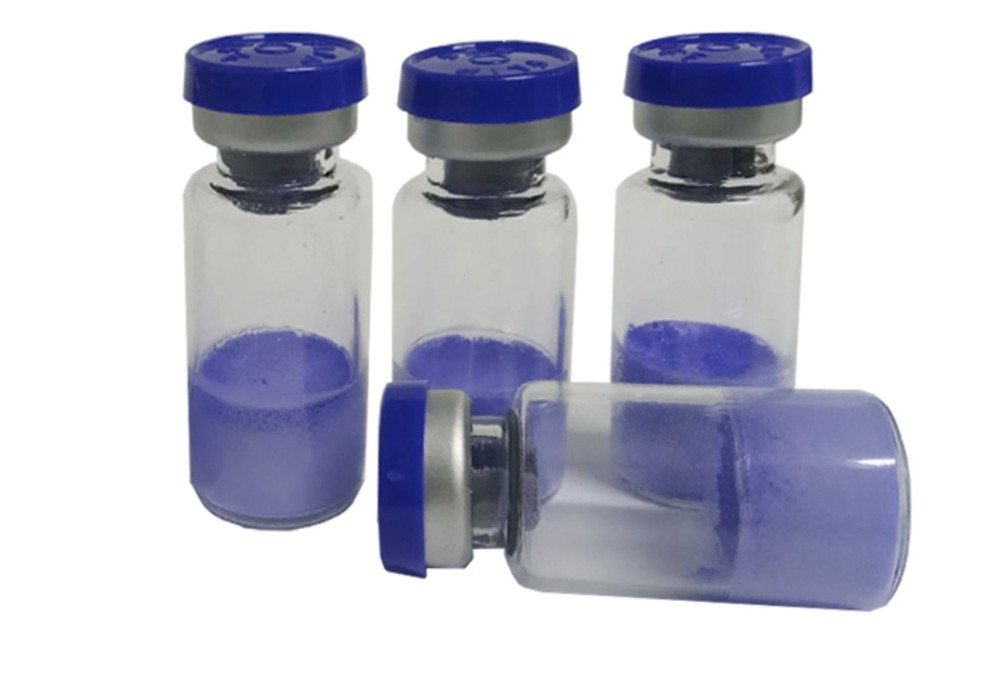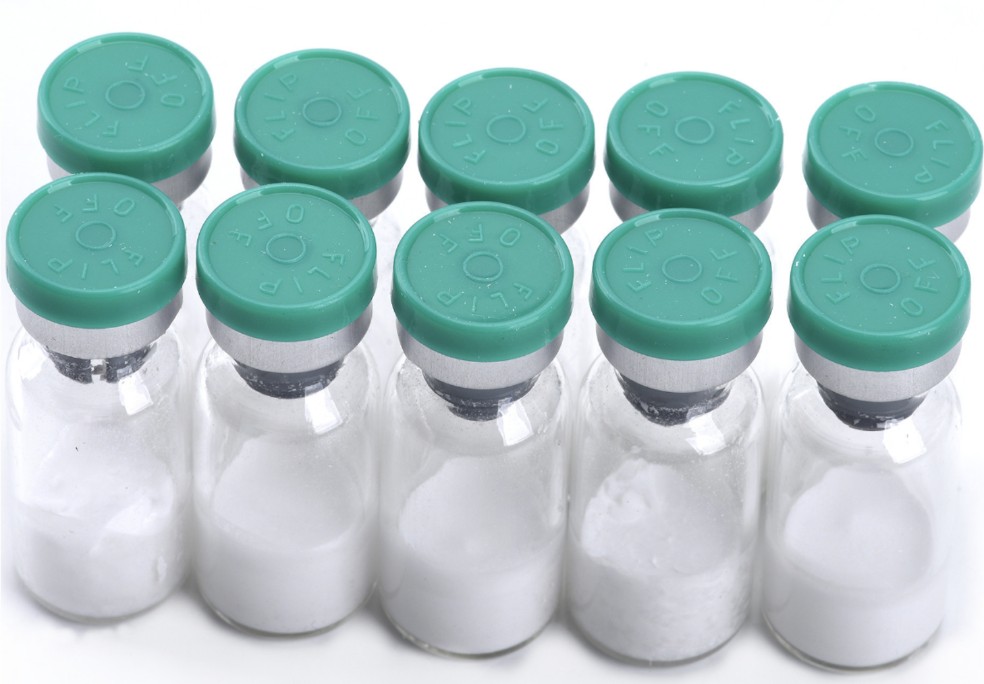Copper peptide
Glycyl-L-Histidyl-L-Lysine
同義語:Glycyl-histidyl-lysine; Copper glycyl-histidyl-lysine; Copper(Ⅱ)ghk; Gly-his-lys; Glycylhistidyllysine; Iamin; 新日鉄 379527; N(2)-(N-Glycyl-L-histidyl)-L-lysine; Copper peptide; GHK-Cu
CAS RN.: 49557-75-7
分子量: 340.3782
分子式: C14H24N6O4
密度: 1.324g/cm3
沸点(ハ): 831°Cで 760 mmHg
引火点(ハ):456.4℃
Refractive_index: 1.582
Copper peptide is naturally occurring complexes that have been used for a variety of purposes in skin and hair care products since the 1990s. The complexes are a combination of the element copper and three amino acids. In the human body, copper peptides are found in trace amounts in blood plasma, saliva and urine. When used in skin care products, copper peptides can be made in a laboratory setting by combining a solution that contains copper with a substance that is similar to a protein powder.
Copper peptides have been clinically shown to offer a wide variety of benefits for the skin and hair. Often, the complexes are used in skin care lotions, creams and serums designed to reduce the appearance of fine lines and wrinkles. Copper peptides can rejuvenate skin cells in aging tissue, boosting the production of collagen and elastin. Levels of these structural proteins naturally decrease with age, and by increasing the amount available in the tissue, the skin can regain elasticity and strength. This makes many signs of aging less noticeable and slows down the aging process.
1. Anti-tumor effect and DNA repair
A variety of tumor cell lines have been shown to be suppressed or die in the presence of this compound while healthy cell lines continued
to grow normally. This and other evidence implies that copper tripeptide-1 may be used in topical products to enhance normal tissue repair
without fear of neoplastic transformation.
2. Stem cell anti-senescence
Survival of stem cells in the basal epidermis and other epithelial cells is promoted by tripeptide-1. This suggests it could have an important
anti-ageing effect, and in fact, its anti-senescent effects have been demonstrated on a number of tissue types including skin. Keratinocyte
proliferation is encouraged through stem cell maintenance encouraged via copper tripeptide-1.
3. Antioxidant and anti-inflammatory effects
Many of the body's intrinsic antioxidant systems, including superoxide dismutase, are induced by copper tripeptide-1.























